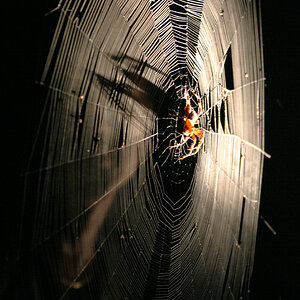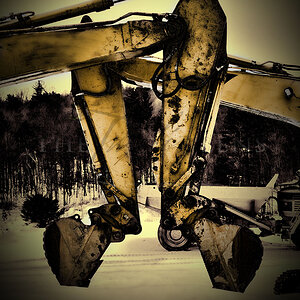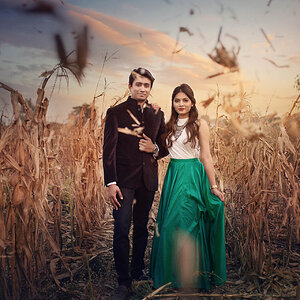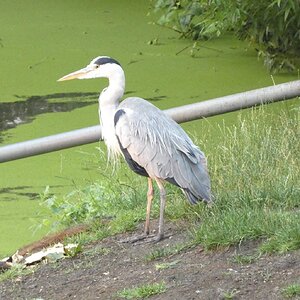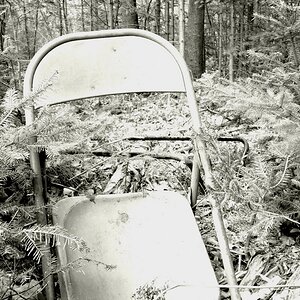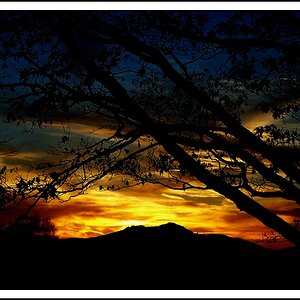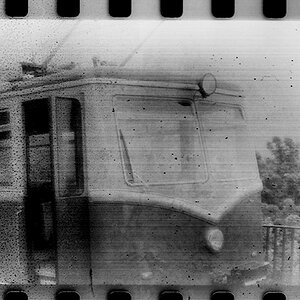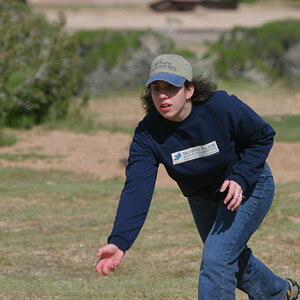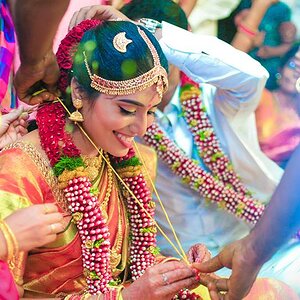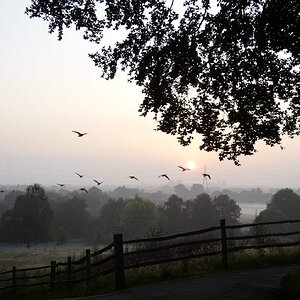fstop
TPF Noob!
- Joined
- Sep 29, 2009
- Messages
- 46
- Reaction score
- 0
- Location
- USA
- Can others edit my Photos
- Photos NOT OK to edit
I'm about to purchase either a Nikon D90 or CanonT1 and my head is telling me to go with the body only and then buy the lenses separate. Here's where I'd like your input so that I don't overspend just for the sake of doing so.
One of my main interests is capturing pictures of my kids INDOOR swim meets and Indoor Hockey games. My question is can I get away with something in the range of 70-300MM with F4.5/F5.6 and still capture decent action shots in the low light setting at the longer focal length? I understand I can bumpt the ISO up, but I don't know if 1600 on either of the above camera's is really going to compsensate for the lack of light without being too noisy.
Or, I be disappointed and really need something more like a 200M F2 through the entire length? (will this even do it in a low light setting at longer focal length for action)
This is a hobby and not a living, so I don't want to spend more just for the sake of doing so. At the same time, I don't want to make a sizeable investment and not be able to do what I'd like to do with the unit.
Appreciate any perils of wisdom.
Thanks
One of my main interests is capturing pictures of my kids INDOOR swim meets and Indoor Hockey games. My question is can I get away with something in the range of 70-300MM with F4.5/F5.6 and still capture decent action shots in the low light setting at the longer focal length? I understand I can bumpt the ISO up, but I don't know if 1600 on either of the above camera's is really going to compsensate for the lack of light without being too noisy.
Or, I be disappointed and really need something more like a 200M F2 through the entire length? (will this even do it in a low light setting at longer focal length for action)
This is a hobby and not a living, so I don't want to spend more just for the sake of doing so. At the same time, I don't want to make a sizeable investment and not be able to do what I'd like to do with the unit.
Appreciate any perils of wisdom.
Thanks


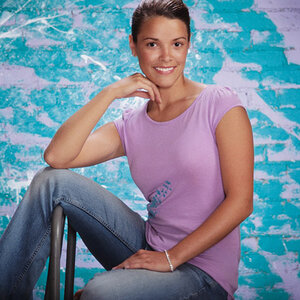
![[No title]](/data/xfmg/thumbnail/32/32156-d6cfe2865ceed861a0633752a006ea20.jpg?1619735234)
